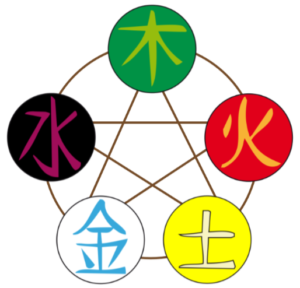What is Applied Kinesiology?
Although it can be described in a difficult way, it is still a technique to be tried, otherwise you misses a curious experience, if not amazing; here, I will simply define it as a method of investigation within the body, aimed at discovering the primary cause of physical, chemical or emotional discomfort through a synchronized use of specific knowledge and the evaluation of the neurological response of the person through precision muscle testing. The resolution of the problem can be summarized in the transfer of the correct information given to the body to activate its ability to self-heal (Vis Medicatrix). It may require several methods: fascial, visceral or osteopathic,manipulation, sonic vibration, acupuncture, magnets or crystals, energy rebalancing, chrome-puncture and so on.
Sounds complex, right? In practice, everything is much more fluid and simple, and the person realizes the effectiveness simply by noticing the change in the response of their muscles, during treatment, in real time!
For those who don’t know it at all and they want to learn more, we offer an overview through this page of the site of Physis, the International Institute of Kinesiology, and an even more accurate definition in this link, while the branch to be covered is called Applied Physiology and was created by Richard D. Utt, a unique pioneer of its kind.
Personally, I compare it to a collagen: as this connects all the other systems of the human body (bone, muscle, circulatory, nervous, lymphatic and so on) allowing them to work in coordination, so Kinesiology uses different methods of investigation and correction synergistically united to bring the body to well-being.

Traditional or Classical Chinese Medicine is an important component of Applied Kinesiology and it is a great reference in framing the ailments which afflict the body. It can be summed up in 5 loggias above (CCM – Classical Chinese Medicine) :
WOOD: Tendon-muscular and osteo-articular pains, Motor coordination, Posture, Headaches and Migraines
FIRE: Intestinal dysbiosis, Menstrual and circulatory problems, Sleep-wake rhythm, Energy blocks, Dyslexia
EARTH: Intolerances and eating disorders, Digestive problems, Gastritis
METAL: Allergies, asthma, respiratory and skin problems
WATER: STRESS, Anxiety, Dehydration, Vertebral Column Problems, pH Balance, Dizziness, Uro-Genital System Disorders
Naturally, in Chinese Medicine, interlacements, interactions, superimpositions of fields and much more within the human organism are more complex than a schematic subdivision shown. That’s why everyone has one or more causal dynamics to explore, as kinesiology states. Respecting the person as a whole.